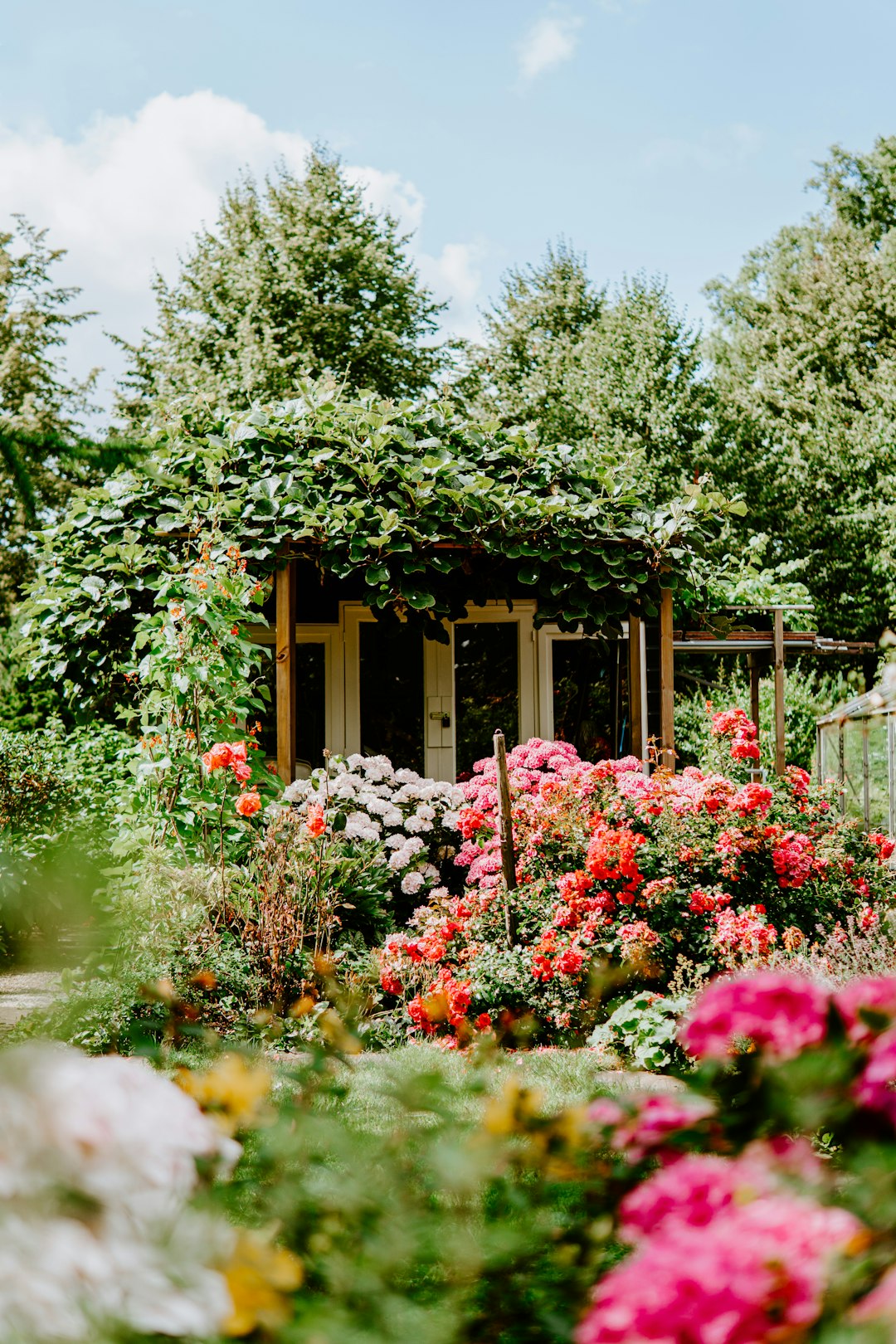Proper pruning is an essential aspect of maintaining healthy plants in your garden or landscape. It helps to promote growth, shape the plant, and improve overall aesthetics. However, pruning can be a delicate process that requires careful consideration and attention to detail. In this blog post, we will discuss the dos and don’ts of pruning your plants to help you achieve the best results.
Dos:
1. Do prune at the right time: The timing of pruning is crucial for the health of your plants. Most flowering plants should be pruned after they have finished blooming, while dormant plants should be pruned in late winter or early spring. Avoid pruning during the hottest part of the day to prevent stress on the plant.
2. Do use the right tools: Using the correct tools for pruning is essential. Sharp, clean pruning shears are ideal for most plant pruning tasks. It is important to keep your tools sharp to make clean cuts that promote healthy growth. For larger branches, use loppers or a pruning saw.
3. Do prune for shape and structure: Pruning can help shape and maintain the structure of your plants. Remove any dead, damaged, or diseased branches to allow for new growth. Additionally, thinning out crowded branches can improve airflow and reduce the risk of disease.
4. Do research your plants: Different plants require different pruning techniques. Before pruning, research the specific needs of your plant to ensure you are pruning correctly. Some plants may require minimal pruning, while others may benefit from more extensive pruning.
5. Do start small: If you are new to pruning, start with small tasks to gain confidence and experience. Begin by removing dead or diseased branches before moving on to larger pruning tasks. Practice makes perfect, so don’t be afraid to experiment and learn as you go.
6. Do protect your plants: After pruning, apply a layer of mulch to protect the exposed areas and retain moisture in the soil. This will help the plant recover from the stresses of pruning and encourage new growth. Additionally, water your plants regularly to help them recover and thrive.
Don’ts:
1. Don’t prune too much: Overpruning can harm your plants and affect their growth and health. Avoid removing more than one-third of the plant’s foliage at a time to prevent stress and damage. It is better to prune in stages over time rather than all at once.
2. Don’t prune during the wrong season: Pruning at the wrong time of year can stress your plants and disrupt their growth cycles. Avoid pruning in the fall or during periods of extreme heat or cold. Pruning in the wrong season can leave your plants vulnerable to disease and damage.
3. Don’t leave behind jagged cuts: When pruning, make clean, angled cuts to promote healthy new growth. Avoid leaving behind jagged or torn cuts, as they can increase the risk of disease and slow the healing process. Use sharp tools to make precise cuts that heal quickly.
4. Don’t ignore the signs of disease: If you notice signs of disease on your plants, such as discoloration, rot, or pest infestations, address them immediately. Pruning infected branches can help prevent the spread of disease and protect the health of your plants. Regular inspections and maintenance are essential to catch and treat problems early.
5. Don’t prune for the sake of pruning: Only prune your plants when necessary to maintain their health and shape. Avoid excessive pruning for aesthetic reasons, as it can weaken the plant and inhibit growth. Focus on removing dead, diseased, or damaged branches to promote overall plant health.
6. Don’t neglect proper care after pruning: After pruning, it is essential to provide proper care and attention to help your plants recover and thrive. Water regularly, apply mulch, and monitor the plant for signs of stress or disease. Proper aftercare is crucial to ensure the success of your pruning efforts.
In conclusion, pruning is an important aspect of plant care that can help maintain healthy and beautiful plants in your garden. By following the dos and don’ts of pruning, you can ensure that your plants thrive and continue to grow year after year. Remember to research your plants, use the right tools, and prune with care to achieve the best results. With practice and patience, you can become a skilled pruner and enjoy the benefits of well-maintained plants in your landscape.


